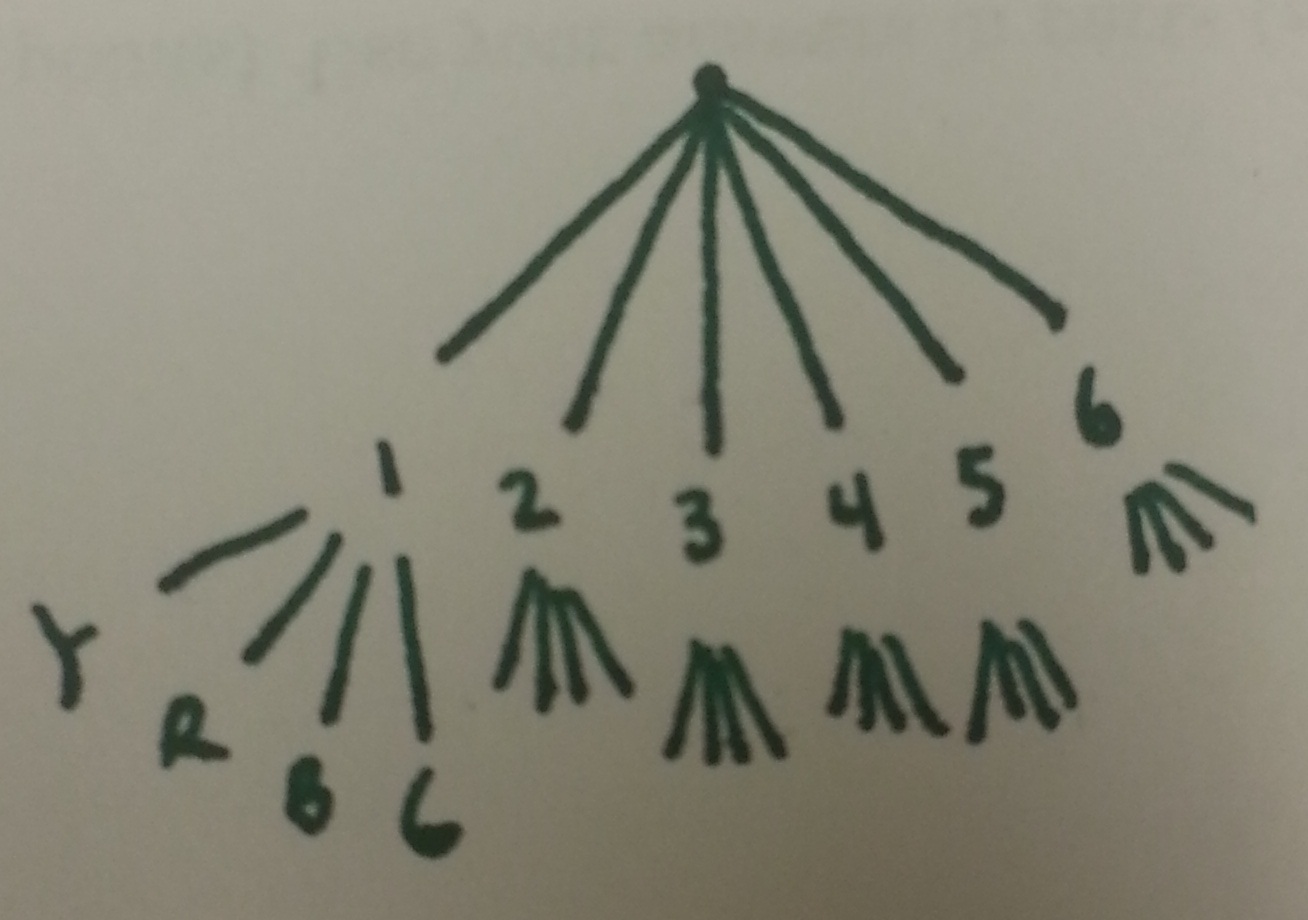


| Response | Number of times, $f$ |
| Very prepared | 259 |
| Somewhat prepared | 952 |
| Not too prepared | 552 |
| Not at all prepared | 336 |
| Not sure | 63 |
| Ages of voters | Frequency, $f$ (in millions) |
| 18 to 20 | 4.2 |
| 21 to 24 | 7.9 |
| 25 to 34 | 20.5 |
| 35 to 44 | 22.9 |
| 45 to 64 | 53.5 |
| 65 and over | 28.3 |
| Ages | Frequency, $f$ |
| 0-14 | 38 |
| 15-29 | 20 |
| 30-44 | 31 |
| 45-59 | 53 |
| 60-74 | 36 |
| 75 and over | 15 |
